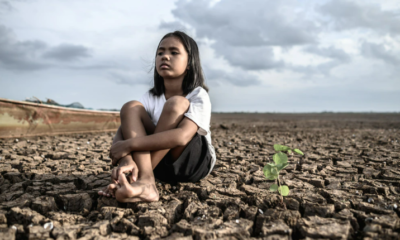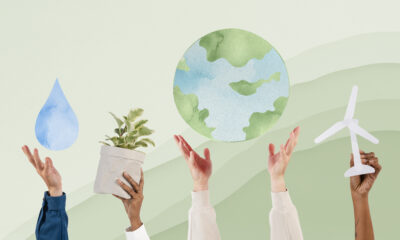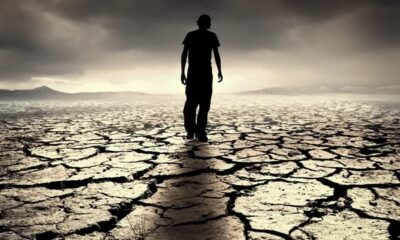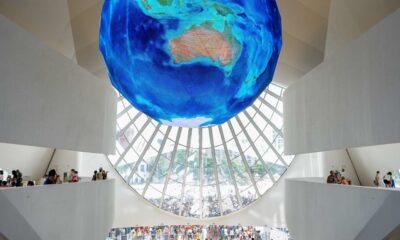Insights
The Next World Crisis: Water Scarcity
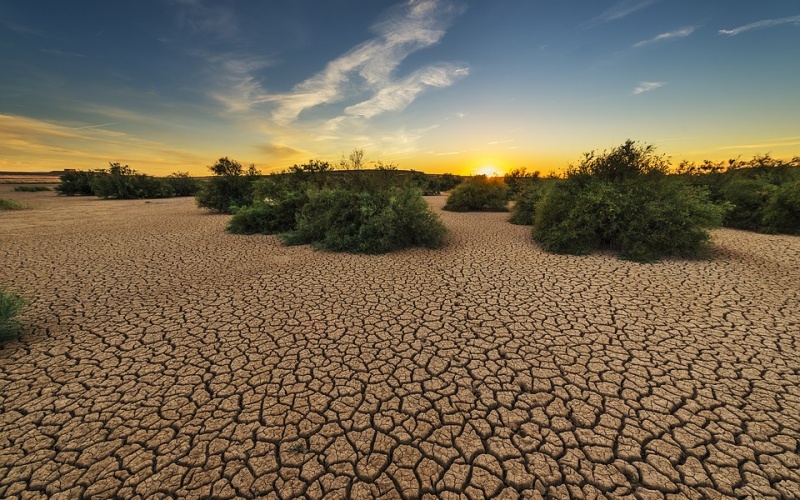
By Omnia Samir
It has been estimated that about two billion of the world’s population did not have access to safe drinking water in 2019, and half of the world’s population will be in water-stressed areas by 2025. Water consumption may differ depending on the geographical area. The United Nations’ Sustainable Development Goal (UNSDG) number six is meeting the challenge of delivering safe drinking water and sanitation services for all. Shortage of drinkable water is lately becoming a world-wide concern, triggering conflict among nations, political tension, and creating new waves of global migration.
Limited Fresh Water
Water is one of the scarce resources in the world as a result of finite fresh water resources. While about 71% of the earth’s surface is covered in water, 97% of this ratio is saline water in oceans and seas, 2% is glaciers in polar ice caps, and only 1% is fresh water in rivers, lakes, and underground water.
Mankind
In addition to limited natural fresh water sources, population growth affects the enhancement of human activity, and the general improvement in the quality of life creates higher water demand. It also creates misuse of water resources in both human activities and deep irrigation. Add to that water pollution in industrial, agricultural, and municipal sectors.
Climate Change
Water sources are greatly affected by climate change, especially ground water exposed to sea water extrusion as a result of rising seawater levels. Climate change has an impact on the water cycle because it changes when, where, and how much rain falls. Over time, it also contributes to more severe weather events. In the next few years, rising global temperatures will cause more water to evaporate in larger proportions.
Combating Water Scarcity
One way is raising awareness about the value of water, rationalizing the use of water resources, and raising the efficiency of the irrigation system using drop irrigation to get the maximum possible benefit of water. The World Health Organization (WHO) recommends a lower limit for survival of 15–20 l per person per day, which only guarantees basic needs such as drinking, food preparation, personal hygiene, and laundry.
Another way is developing new water resources, such as desalinated water, in addition to investmenting in sustainable water infrastructure, increasing water quality, and reusing water after applying tertiary treatment. Governments should also strive to develop legislative systems for water conservation from pollution and misuse. Countries should commit to develop a water management plan that applies the UNSDGs.
A very important way is to enhance cooperation and coordination at all levels, especially between those who share the water systems, based on principles of international law, to ensure positive win-win results in the uses and avoid conflicts between uses or users.



